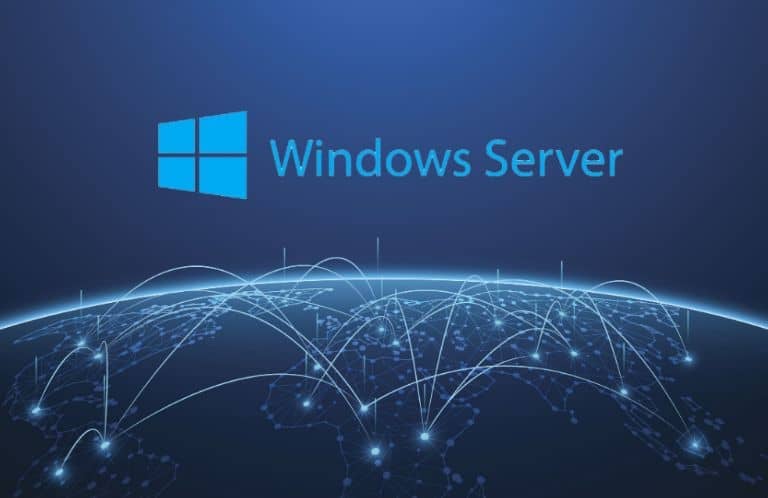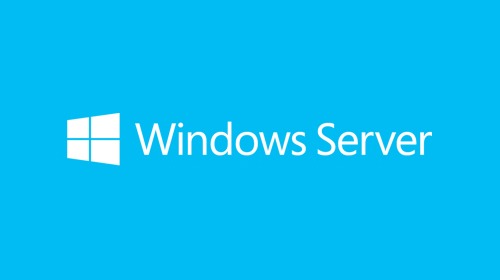Windows Server
Managing and optimizing Windows Server environments at Metwide to ensure high availability, security, and performance for business operations. This experience has allowed me to streamline system management and ensure seamless IT operations across the organization.




Windows Server is a server operating system developed by Microsoft. It is designed to provide enterprise-level computing solutions for businesses and organizations of various sizes.
Windows Server provides a range of features and services such as file and printer sharing, web services, remote access, authentication and authorization, and server management tools. It also supports virtualization and cloud computing, enabling businesses to build and manage hybrid and cloud-based infrastructures.
There are several editions of Windows Server available, each with different features and licensing options to meet the specific needs of businesses and organizations. Some popular editions include Windows Server Standard, Windows Server Datacenter, and Windows Server Essentials.
On completion of this subject, I am able to:
Describe the different editions and hardware requirements for Windows Server 2019
Describe the new features, deployment options, licensing, and activation models for Windows Server 2019
Describe AD DS and its components
Use tools to manage AD DS objects
Describe and Implement Group Policy infrastructure
Describe and configure the DHCP and DNS Server roles, high availability options for DHCP and how to use DHCP failover
Provide an overview of File Systems and manage disk volumes and the use of ReFS
Describe File Server Resource Manager and manage permissions on volumes
Describe how to implement, configure, and manage SMB shares by using Server Manager and PowerShell
Provide an overview of network file system (NFS)
Describe Storage Spaces and its components and features
Describe Data Deduplication
Describe and implement iSCSI Server role, identify iSCSI usage scenarios and considerations
Describe and use Hyper-V Manager to manage virtualization
Describe nested virtualization
Describe, create, and manage VMs
Identify virtual hard disk (VHD) formats and types
Describe what are containers and how it works
Describe high availability and failover clustering components and considerations
Implement failover clustering with Hyper-V
Describe, configure and implement Hyper-V Replica
Describe and implement Windows Server Backup feature and Azure Backup
Describe user rights and locate problematic accounts
Describe and configure Windows Defender Credential Guard
Describe how to Harden Windows Server 2019
Describe Remote Desktop Services (RDS) and its benefits
Describe and implement VPNs and Always on VPN
Install, configure, and troubleshoot the network Policy Server role (NPS)
Describe and implement Web Server in Windows Server 2019
Describe Windows Server monitoring tools, such as Windows Admin Center, Task Manager, Performance Monitor and Event Viewer
Describe Active Directory Migration Tool
Describe how to upgrade an existing AD DS forest and how to migrate to a new AD DS forest
